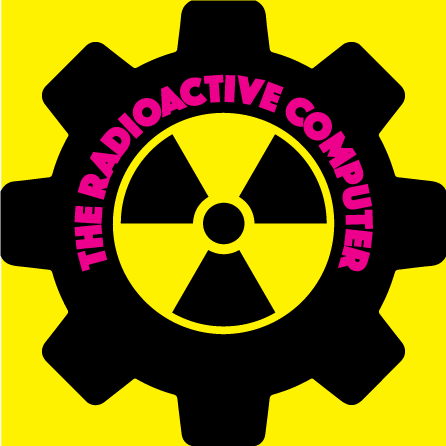Why Are Rouge-Likes Independent?
- Cole Conrad Shrader
- Jan 23, 2019
- 4 min read
One trend that is repeated when looking at the vast arrays of video games that we have access to is that rouge-like games are pretty localized to the independent market. Looking at recent releases in both the Indi (Or independent) and Triple A (or big budget) circles we can see that last year, around 170 independent rouge-like titles were released, while only 2 Triple A rouge-likes were released. To clarify the parameters I used for sorting out Triple A titles from Indi titles was the pricing. If the game, at release, was over 30$, it was triple A. Now that we can see the clear difference I will provide my view on why so few rouge-likes were created by big budget developers, but first you should understand what defines a rouge-like.
Rouge-likes are often defined as games in which the player participates in a story or campaign where losing or dying results in the player starting from the very beginning with nothing they might have earned from the previous try or "run". There can be some exceptions to this however. Some games make the failure of a run part of the story, and just have you start from scratch while allowing all of the characters to still know you. Other games allow you to keep some upgrades that are very minor, or allow you to unlock things permanently that don't affect how powerful you are in the game, like different costumes. Another semi-defined feature is that these games are typically short taking 30 minutes to a hour to beat. However this is matched by the genres incredibly difficult gameplay that often punishes players for small things to artificially stretch the time played. These games also have to be randomly or procedural generated so that each run is different, this can also increase the time played as even after beating the game a player might come back for a new experience or challenge.

Rouge: The literal genre defining game was released in 1980 and used text based graphics
Why aren't rouge-likes made by triple A developers:
Size:
This is more why indi developers create them but the nature of rouge likes means that they don't need to be very big. Because the worlds that the players go through are randomly generated, the creator only needs to develop a couple of objects to inhabit that world such as wall designs, decorations and enemies. Computer generation code completes the world and fills in for the developers in level design, meaning not as much time needs to go into each individual area. For Indi developers this is great. Making a game with a limited budget and team means you have less time to get things done, and random generation works great in the long run. For triple A developers however, this can be seen as lazy by the general audience. And the devs could see it as a cop-out for creating original content and demonstrating the prowess of their systems. When paying 60 dollars for a game (average release price for triple A titles) consumers expect rich detailed worlds which can't be achieved by computer randomization which feels small and bland on closer inspection.

Audience:
While commonly seen as an insult by gamers, we have to address that the majority of people who play video games are the general or casual audience. Defined as people with either little time or money to devote seriously to a gaming hobby. These groups often gravitate to triple A titles which are easier to find due to advertising and reviews. Triple A also usually has some form or the other of consistency in terms of content and quality. And this has some issues with attempting to introduce rouge-likes into the triple A market. Two key facets of rouge likes is their difficulty and the way they erase your progress when you lose. For a customer who has little time to invest in a game or doesn't have a lot of experience with games, these features can make you feel like you are going nowhere. General consumers can feel cheated or quickly grow disinterested in something so difficult that gives no rewards for a large amount of effort. People who look at games in the Indi market often times do lots of research or have to look for a while to find what they are looking for. Often these people are more open to investing their time in something for a while even if it means little pay off.

Rouge manor from Rouge's Legacy allows player to use gold they found in the world to upgrade their character permanently by improving the family manor
Whats the result?
In a world where gaming is becoming a more and more popular past time and the triple A market is becoming a multi-billion dollar industry, it is ever more important to advertise oneself to the general audience.
Even independent developers understand this and we can see this understanding affect how rouge likes function in recent years. As previously stated above, some effort has been made to counteract the rather brutal punishment that comes with losing the game and all of your progress. Games like Hades and Deadcells add permanent upgrades you get every time you die that not only allow players to feel some sort of progression but also make the game easier as you play. However there have been and always will be niche genres. It might simply be that rouge likes are not what the mass audience wants at this time and that's alright. Having games in the Indi market allows people to experiment without the pressure to stick with well established conventions.
























Comments